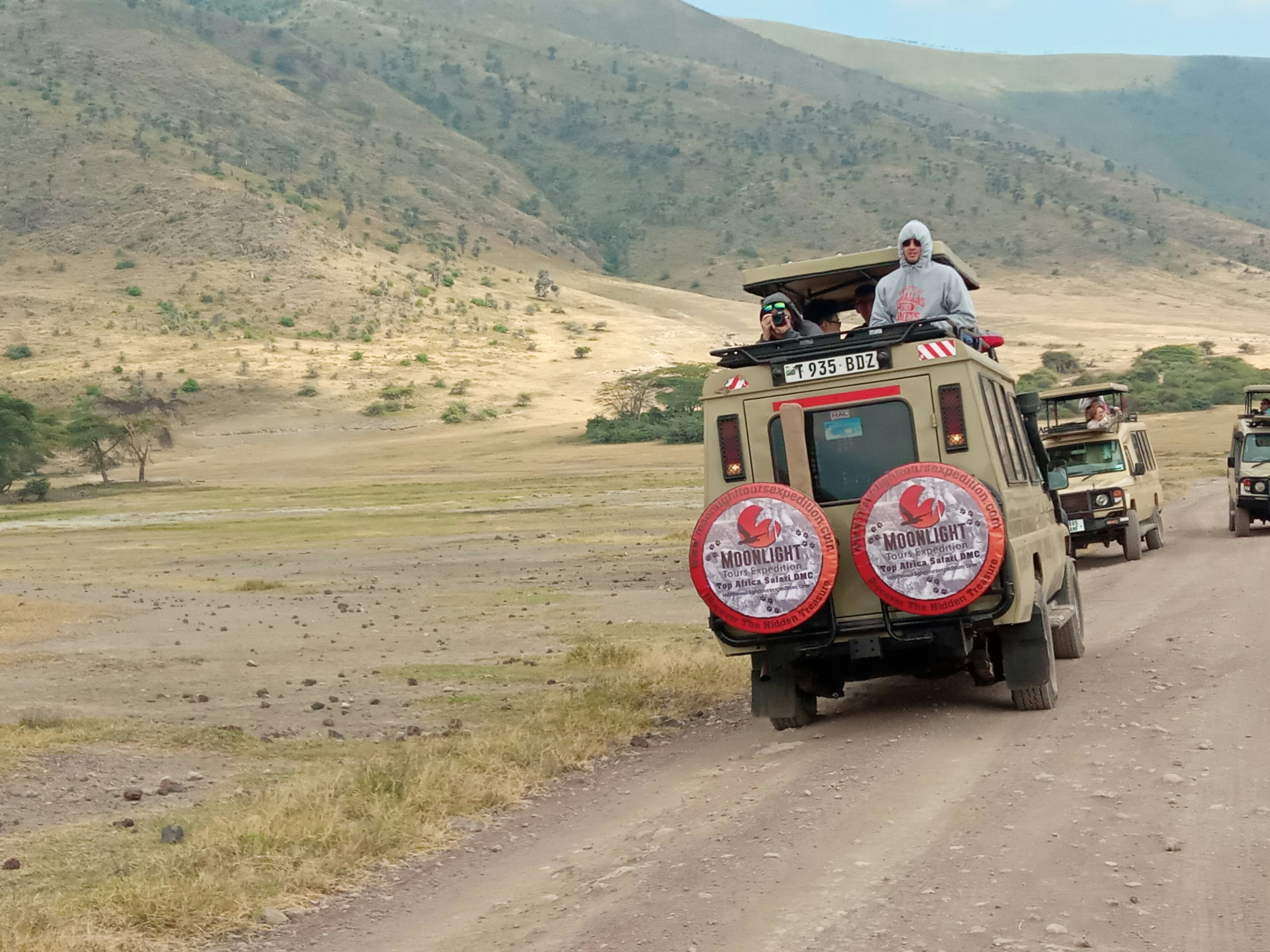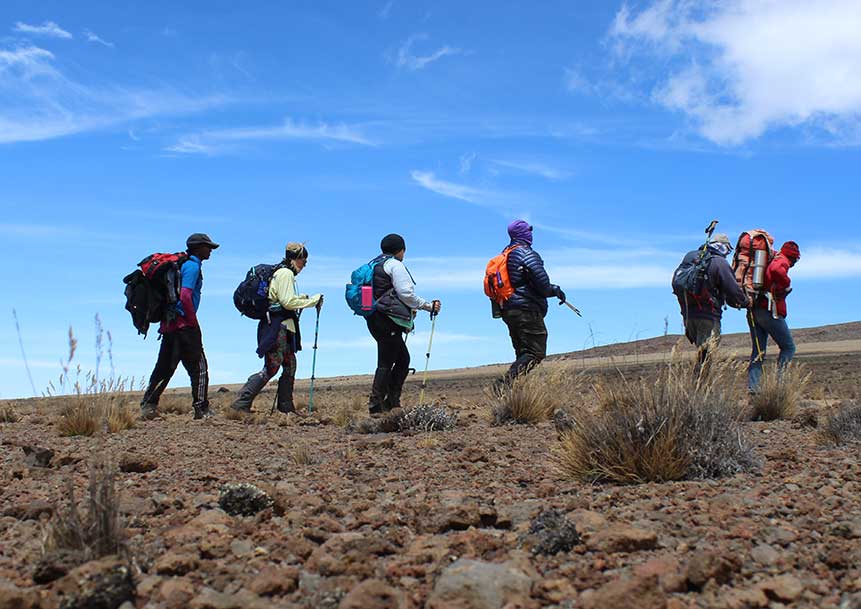Best time to climb Kilimanjaro
Deciding on the best time to climb Kilimanjaro can make or break your adventure. Mount Kilimanjaro, Africa’s tallest peak at 5,895 meters (19,341 feet), attracts climbers worldwide to its summit, Uhuru Peak. Timing your trek during the optimal periods for climbing Kilimanjaro—the dry seasons—ensures better weather, safer trails, and stunning views. This guide breaks down why the dry seasons are ideal, compares the two main windows, and offers tips to plan your climb. By choosing the right moment, you’ll set yourself up for an unforgettable journey.
When is the Best Time to Climb Kilimanjaro?
Timing matters on Kilimanjaro. The best months for your Kilimanjaro expedition align with the dry seasons, but understanding the mountain’s weather patterns will help you see why.
Overview of Kilimanjaro’s Weather Patterns
Kilimanjaro’s climate varies across its five zones, from tropical base to icy summit. Tanzania’s weather splits into two rainy seasons—March to May (long rains) and November to December (short rains)—and two dry seasons: January to February and June to October. Knowing these shifts is crucial to picking the ideal season for a Kilimanjaro trek. During the dry months, rain is rare, trails are firm, and skies are clear—perfect for climbing.
Why Dry Seasons Are the Optimal Time for Climbing Kilimanjaro
The dry seasons stand out as the best time to hike Kilimanjaro for good reason:
- Clear Views: Fewer clouds mean breathtaking panoramas from every zone.
- Stable Trails: Dry paths are easier and safer than muddy ones.
- Predictable Weather: Less rain reduces disruptions.
- Higher Success Rates: Better conditions boost your summit chances.
These advantages make the dry seasons the optimal periods for climbing Kilimanjaro, turning a tough climb into a rewarding experience.
Comparing the Two Dry Seasons for Kilimanjaro Climbs
Both dry periods are excellent, but they differ. Here’s how to choose the best time to climb Kilimanjaro for you.
January to February: A Warm Window for Climbing Kilimanjaro
This short dry season brings warm days, clear skies after the short rains, and fewer crowds. It’s one of the best times to hike Kilimanjaro if you prefer solitude and a safari combo, as wildlife viewing peaks nearby. The warmth makes the lower zones pleasant, though the summit stays cold.
June to October: The Long Dry Season for Cooler Treks
Spanning five months, this period offers cooler temperatures and more scheduling options. It’s the busiest time, but multiple routes keep it manageable. Many see this as the ideal season for a Kilimanjaro expedition for its refreshing air and flexibility. Expect chilly summit nights, balanced by crisp, clear days.
Both seasons shine—January-February for warmth and quiet, June-October for coolness and choice.
Tips for Planning Your Kilimanjaro Trek
Picking the best time to climb Kilimanjaro is just the start. These tips will refine your plan.
Crowd Levels During the Best Climbing Seasons
January to February offers a peaceful trek with fewer climbers, while June to October buzzes with activity. The best months for your Kilimanjaro expedition depend on whether you crave solitude or enjoy a lively trail. Peak times mean higher demand for guides, so book early.
Aligning Your Climb with Holidays
Climbing over Christmas or summer breaks can add flair, but it hikes costs and crowds. For a smoother trip, avoid major holidays unless you plan well ahead. Timing your Kilimanjaro adventure around quieter periods can save you hassle.
Preparing for the Optimal Period
No matter when you climb, prep is key:
- Fitness: Train with cardio and hikes months in advance.
- Gear: Pack layers, boots, and a warm sleeping bag.
- Guides: Choose a reputable operator.
The dry seasons simplify prep, making them the ideal time for a Kilimanjaro trek.
Why Timing Matters for Kilimanjaro Success
Rainy seasons—March to May or November to December—bring mud, fog, and tougher climbs. Dry seasons, though, offer a smoother shot at the top. Picking the best time to climb Kilimanjaro can mean the difference between a triumphant summit and a soggy struggle.
The best time to climb Kilimanjaro falls in the dry seasons: January to February or June to October. January-February delivers warmth and calm, while June-October offers cool air and flexibility. Both promise clear skies and solid trails, maximising your odds of success. Start planning now—choose your window, prep well, and conquer the roof of Africa.







